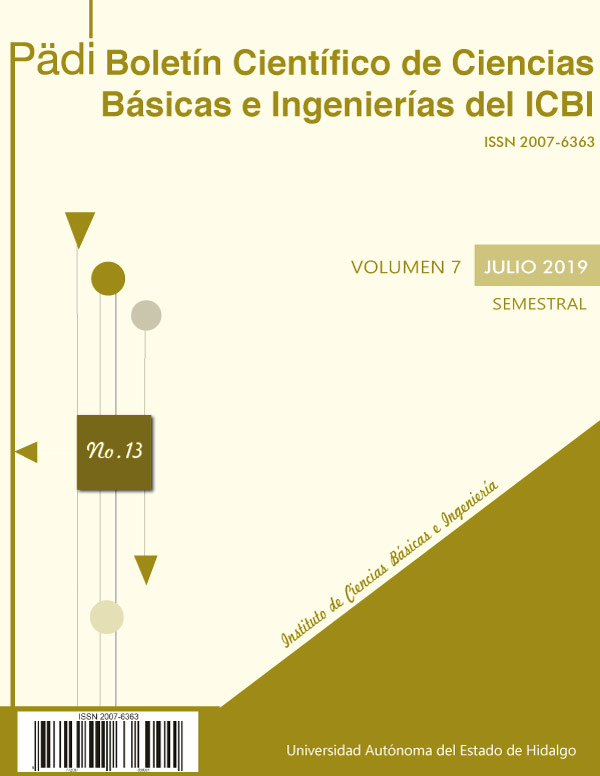spanish
Abstract
From the amount of harmonic movements in a song, a correspondence is stablished between it and its transition matrix. This correspondence helps us to describe and quantify musical trends, in terms of matices, for the particular case of popular music.
Downloads
References
Kiefer, P., Riehl, M., 2016. Markov chains of chord progressions. Ball State
Undergraduate Mathematics Exchange 10 (1), 16–21.
Los 40, 1997. urlhttp://los40.com/lista40/numeros1/1997.
Los 40, 2007. urlhttp://los40.com/lista40/numeros1/2007.
Los 40, 2017. urlhttp://los40.com/lista40/numeros1/2017.
Mas Devesa, M., 2013. Apuntes de armon´ıa. Moncada Garc´ıa, F., 1966.
La m´as sencilla, util y pr´actica teor´ıa de la m´usica. Ediciones Framong: Musical Iberoamericana, M´exico.
Piston, W., 1998. Armon´ıa. SpanPress Universitaria, Espa˜na. Tymoczko, D., 2011. A geometry of music. Oxford Studies in Music Theory.
Oxford University Press, Oxford, harmony and counterpoint in the extended common practice.













